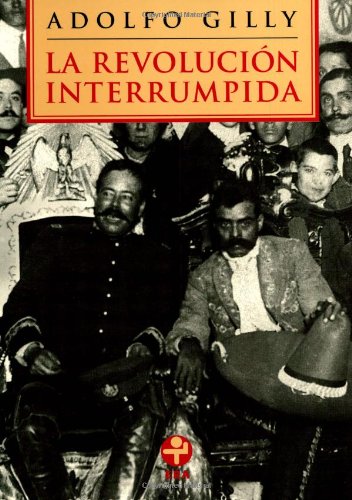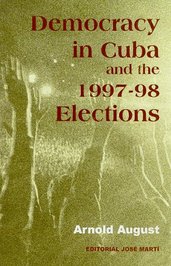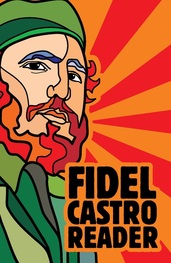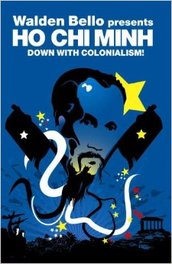Leading this process of change have been Venezuela, Bolivia, and Ecuador, which have proclaimed socialism for the twenty-first century, in alliance with Cuba, persistent in its socialism. Charismatic leaders (Hugo Chávez, Evo Morales, and Rafael Correa) emerged in Venezuela, Bolivia, and Ecuador. Using structures of representative democracy established after the fall of the Latin American dictatorships, they formed alternative political parties and won presidential elections. Once in power, in accordance with campaign promises, they convoked constitutional assemblies, formed through democratic elections, which emitted new constitutions. The leaders were subsequently elected presidents of their nations under the new constitutions. Thus all three governments are legitimate, democratic, and constitutional governments. However, inasmuch as they seek to fulfill the aspirations of the people for true independence, they are anathema to the US government and to the major international news media, owned by US corporations.
The political orientation of the entire region of Latin America and the Caribbean has been affected, even those countries where traditional political parties are still in power. The formation in 2010 of the Community of Latin American and Caribbean States, consisting of the 33 states of the region and excluding the United States and Canada, is an indication of the extent to which the new political climate has affected the region.
US policy has sought to reverse the changes in Latin America, and a key part of its strategy has been to bring about the fall of the governments of Chávez, Morales, and Correa, by means of promoting destabilization. US diplomatic missions have provided support for opposition parties and destabilization strategies, in flagrant violation of international rules of diplomacy, which stipulate that diplomatic missions should not become involved in the politics of the country in which they are located.
The US government has had the support of the international news media, which have demonized the three leaders, thus generating confusion among the people of the United States. This confusion has the practical consequence of denying the people of the United States the right to reflect on the significance of the emergence to power of three charismatic leaders in Latin America on a basis of popular mobilization and organization, a reflection that conceivably could have important implications for US domestic politics and foreign policies.
The most recent manifestation of the US policy is the attack on the government of Nicolás Maduro, who assumed the presidency of Venezuela upon the death of Hugo Chávez. Personally designated as his successor by Chávez, Maduro was elected to the presidency, in accordance with the procedures established by the Constitution. The latest US strategy has involved the encouragement of street violence by extreme right factions and the creation by the international media of an image of chaos and human rights violations in order to establish a justification for US military intervention.
At the height of the violence by right-wing gangs and the distorted media images of the situation (see “Events in Venezuela” 2/25/2014 and “Venezuela and the media” 2/27/2014), US public officials began to lay the foundation for a possible intervention. Secretary of State John Kerry proclaimed that the United States was deeply concerned by the growing tension and violence. Spokesperson Jen Psaki asserted that the Venezuelan government ought to take more seriously the grave situation in which it finds itself. Another spokesperson, Marie Harf, called upon the government of Venezuela to immediately release those who, according to her, had been detained for peacefully exercising their rights. President Obama expressed that the government of Venezuela, instead of expelling US diplomats, ought to respond to the legitimate demands of the people. Meanwhile, US Senator Marco Rubio, Republican from Florida, demanded concrete action by the Obama administration.
The Venezuelan chancellor issued a statement protesting the declarations of US public officials, maintaining that they “constitute a new and gross interference” in Venezuelan affairs, and noting that “they are based on false information and assertions without foundation.” The statement also asserted that the independent governments and peoples of the world are waiting for the United States to explain why it “finances, encourages, and defends opposition leaders that promote violence.”
The US strategy appears to have been defeated. Maduro reacted with intelligence: he convoked peaceful demonstrations by supporters of the Bolivarian revolution; he announced the formation of a National Anti-Coup Command, which will organize popular vigilance in centers of work and study and in neighborhoods; and he called for dialogue with the moderate opposition, seeking to isolate the extreme right. And the Venezuelan government received the immediate backing of many of the countries of Latin America and the Caribbean, as occurred with the attempted coups against legitimate, constitutional, and popularly elected governments headed by Evo Morales in Bolivia and Rafael Correa in Ecuador, attempted coups that also had US support.
We the people of the United States must find the means to overcome the distortions of reality that serve the interests of the powerful, so that we can develop an understanding that would empower us and would enable us to establish a government that has international policies consistent with the ideals of democracy. I refer here to democracy in the full sense, understood as including the right of all nations to sovereignty and true independence. Let us find the means to bury forever imperialist foreign policies that hypocritically pretend to be democratic, accomplishing their objectives by means of distortions, manipulations, and lies.
Key words: Third World, revolution, colonialism, neocolonialism, imperialism, democracy, national liberation, sovereignty, self-determination, socialism, Marxism, Leninism, Cuba, Latin America, world-system, world-economy, development, underdevelopment, colonial, neocolonial, blog Third World perspective, Venezuela, mass media, US foreign policy

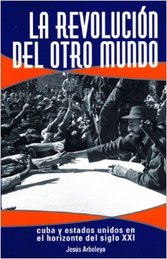
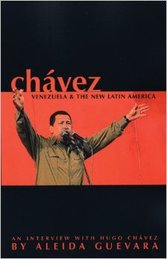
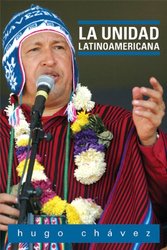

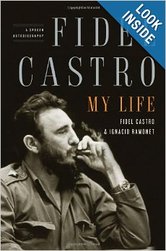
 RSS Feed
RSS Feed
